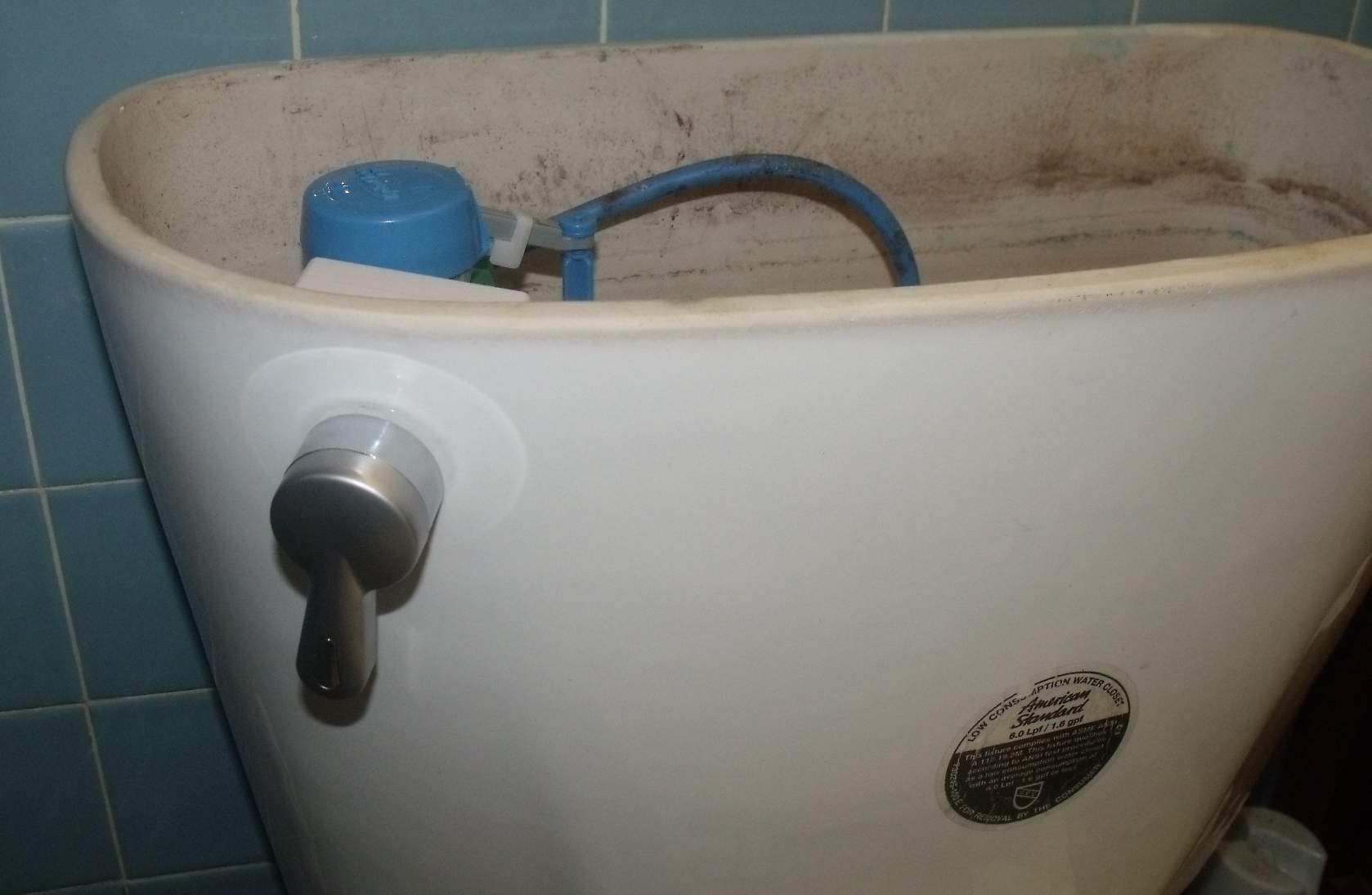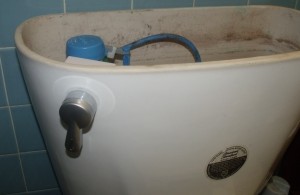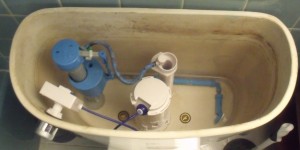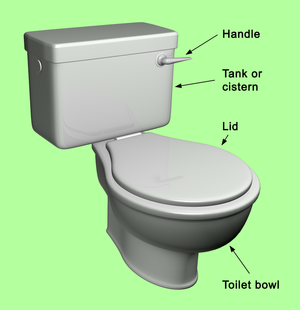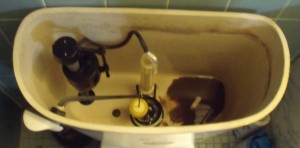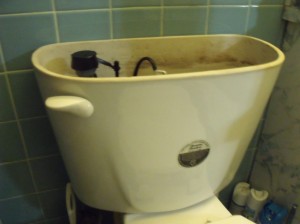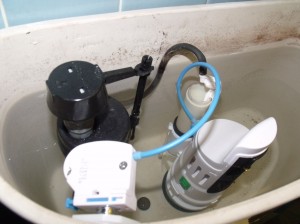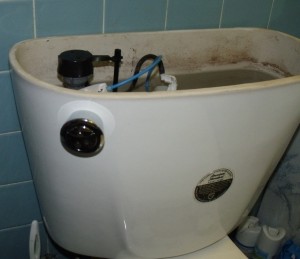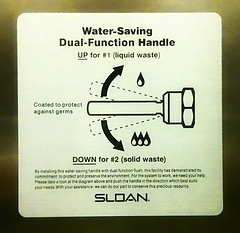The humble toilet, a vital fixture in every household, plays a central role in our daily lives. To ensure its smooth operation and prevent unwelcome surprises, a bit of proactive maintenance can go a long way. In this guide, we’ll explore six effective ways to keep your toilet running smoothly, promoting efficiency, and minimizing the risk of common issues.
1. Regular Cleaning: The Foundation of Smooth Operation
Maintaining a clean toilet is not only essential for hygiene but also contributes to its overall performance. Regularly clean the bowl, tank, and exterior surfaces using a mild cleaner or a mixture of vinegar and baking soda. Avoid harsh chemicals that may damage the toilet’s components.
2. Mindful Flushing: Only the Essentials
Teach household members the importance of mindful flushing. Only toilet paper and human waste should be flushed down the toilet. Avoid flushing items like wipes, sanitary products, or excessive amounts of toilet paper, as these can contribute to clogs and strain the flushing mechanism.
3. Addressing Leaks Promptly: Preventing Water Waste
A leaking toilet can lead to water waste and increased bills. Periodically check for leaks by adding a few drops of food coloring to the tank. If color appears in the bowl without flushing, it indicates a leak. Promptly address leaks by replacing faulty flappers, fill valves, or other components.
4. Adjusting Water Levels: Finding the Sweet Spot
Optimal water levels in the tank contribute to efficient flushing. Adjust the water level to the manufacturer’s recommended setting by tweaking the float or water fill valve. Too much water can result in unnecessary water usage, while too little may compromise the flush’s effectiveness.
5. Preventing Clogs: Gentle on the Pipes
Preventative measures can go a long way in avoiding toilet clogs. Use septic-safe toilet paper and consider keeping a wastebasket in the bathroom for items that shouldn’t be flushed. Regularly plunging small clogs can prevent them from turning into larger blockages.
6. Annual Inspections: A Proactive Approach
Make an annual habit of inspecting the various components of your toilet. Check for wear and tear on the flapper, flush valve, fill valve, and other parts. Replace any components showing signs of damage to maintain the toilet’s smooth operation.
A Serene Symphony in the Bathroom
A well-maintained toilet is not only a functional necessity but can contribute to the overall harmony of your home. By adopting these simple yet effective practices, you’ll be ensuring that your toilet operates smoothly, efficiently, and with minimal environmental impact. From mindful flushing to proactive inspections, these habits can turn your bathroom into a serene retreat where the symphony of a smoothly running toilet takes center stage. Embrace these practices, and may your toilet continue to serve you faithfully for years to come!
